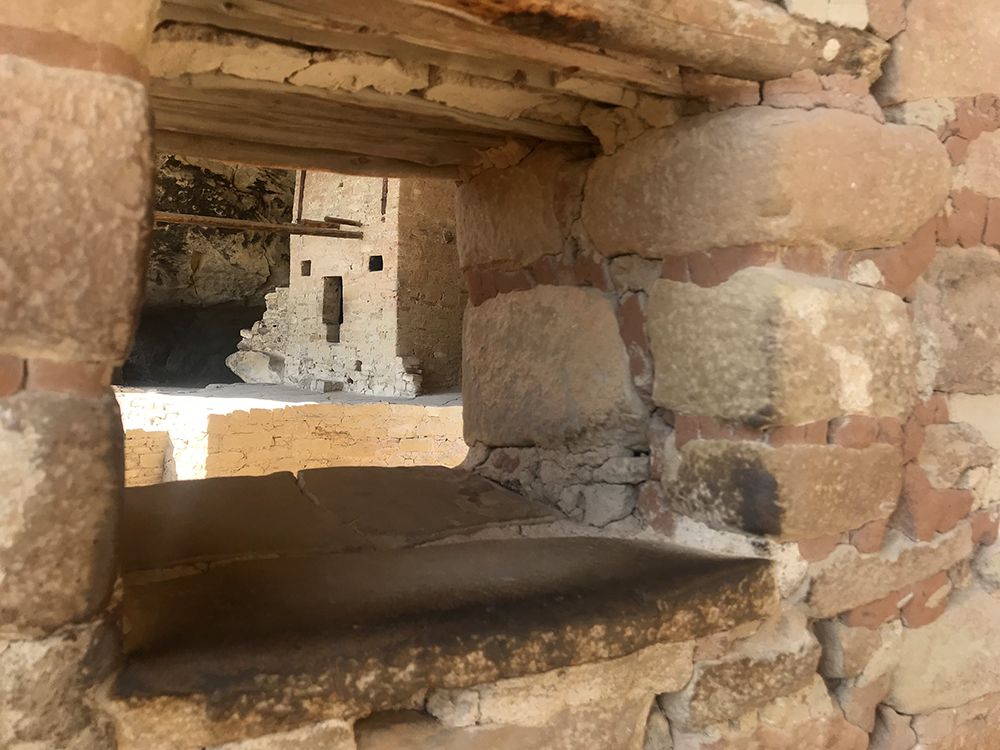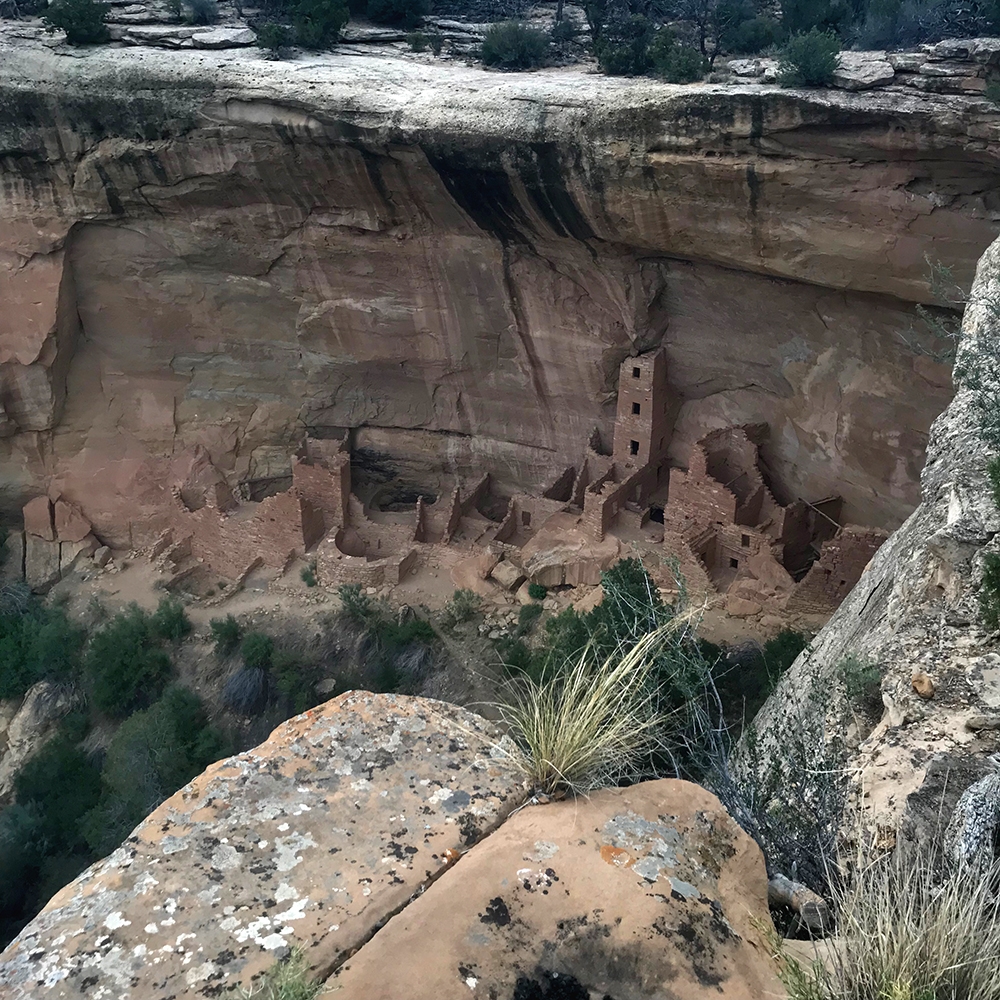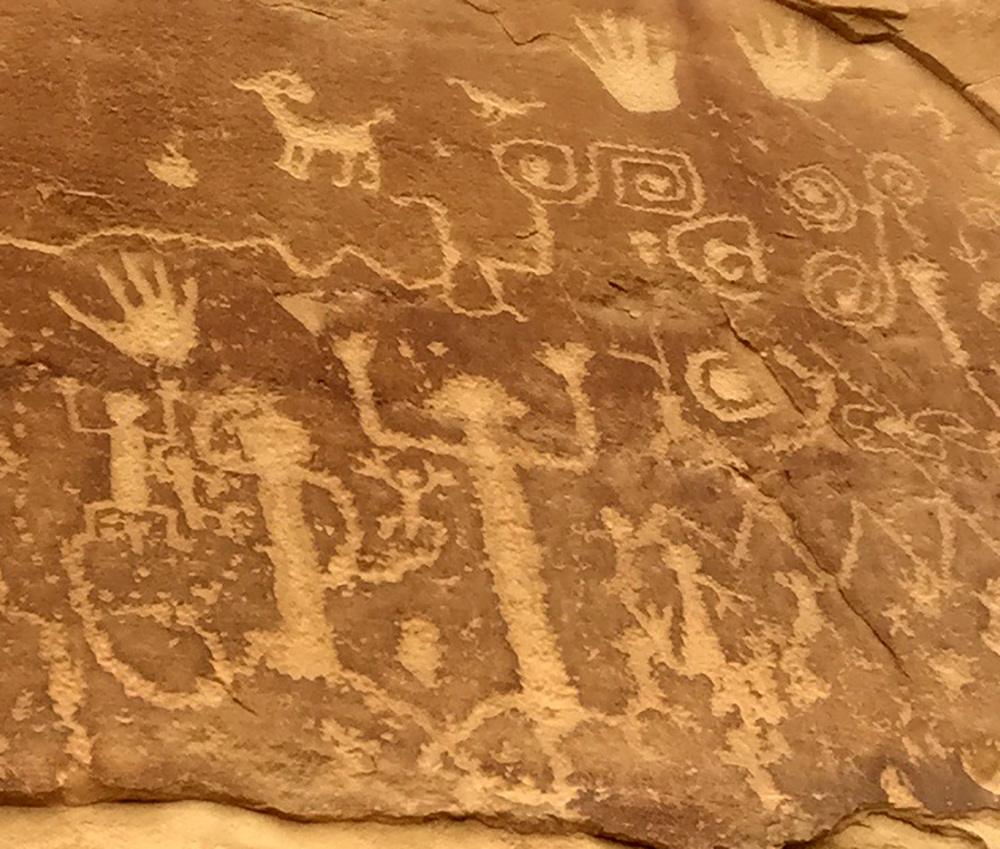The ruins of Mesa Verde sat undisturbed for centuries, their remote location a secret lost to the ages. The modern history of Mesa Verde began in 1874, when William Henry Jackson, the famed Yellowstone photographer, found a few cliff dwellings in the Mancos River Canyon, just to the east of Mesa Verde. Fifteen years later, the world would learn of an entire collection of these dwellings.
Guide to Mesa Verde
The Wetherill Brothers
As far as scientists can tell, the Chapin and Wetherill Mesa ruins sat undisturbed for centuries before being stumbled upon in 1889 by the Wetherill bothers, local Quaker cowboys searching for lost cattle in the area. The significance of the find was not lost on these boys as is apparent from the writings of Al Wetherill:
“To know that you are the first to set foot in homes that had been deserted for centuries is a strange feeling. It is as though unseen eyes watched, wondering what aliens were invading their sanctuaries and why.”
Al Wetherill
The Wetherills quickly began careful excavations of the ruins, and explored more than 100 dwellings over the following 16 months. Soon, realizing that their find warranted a level of attention greater than they could provide, the brothers wrote to the Smithsonian Institute in Washington D.C., requesting aid in the excavation process and further advising that the area be considered as a national park to protect the priceless archeological artifacts from looters.

Their letters went unanswered. Nevertheless, the amateur excavations continued while the boys continued seeking advanced outside levels of expertise in their efforts.
Gustaf Nordenskiöld
In 1891, the aid of Gustaf Nordenskiöld, of the Academy of Sciences in Sweden, provided a new level of scientific accuracy. With his assistance, the group completed a thorough excavation of the Cliff Palace.
Finally, Nordenskiöld brought attention to the ruins when his removal of numerous artifacts, including a mummified corpse, raised the eye of concerned locals. The Swede was accused of “devastating the ruins” and criminal charges were brought against him. He was quickly released however, as no laws were on the books regarding the removal of historical artifacts.
The items returned to Sweden with Nordenskiöld, their history and excavation detailed in his 1893 book titled “The Cliff Dwellers of the Mesa Verde“. Today, these artifacts are housed in the National Museum in Helsinki, Finland.

A Need for Protection
The removal of these priceless pieces of history, combined with continued looting and damaging of the dwellings finally brought needed attention to the area. Numerous influential groups, including the previously unaware Smithsonian Institute began to recognize the area’s significance. The rapid removal and destruction of property at the ruins was detailed in a report to the Secretary of the Interior by Smithsonian Ethnologist Jessie Walter Fewkes:
“Parties of “curio seekers” camped on the ruin for several winters, and it is reported that many hundred specimens there have been carried down the mesa and sold to private individuals. Some of these objects are now in museums, but many are forever lost to science. In order to secure this valuable archaeological material, walls were broken down … often simply to let light into the darker rooms; floors were invariably opened and buried kivas mutilated. To facilitate this work and get rid of the dust, great openings were broken through the five walls which form the front of the ruin. Beams were used for firewood to so great an extent that not a single roof now remains. This work of destruction, added to that resulting from erosion due to rain, left Cliff Palace in a sad condition.”
Jessie Walter Fewkes – Smithsonian Ethnologist
Virginia McClurg
The newly formed Colorado Cliff Dwelling Association, a group created by Virginia McClurg in 1900 began to advocate for a national park that would bring the federal government into the effort.
The group made strides through collaboration with the Federation of Women’s Clubs and some 250,000 affiliated women who wrote letters and gave speeches attempting to advance the idea. McClurg would work closely with fellow member Lucy Peabody to further the cause of protecting the historical structures.
Lucy Peabody
After a couple of years, McClurg began to lean toward a more local protection model for the ruins, supporting the idea of a state park, with the CCDA remaining involved in an administration role. Peabody however, was not deterred from the original plan of a national park, and split off from the CCDA continuing to lobby the D.C. political scene for the cause.

Peabody’s efforts proved successful after aligning forces with Dr. Edgar Lee Hewett of the Archelogical Institute of America. Together, the two would secure passage of legislation that laid the outlines for a park that would protect the dwellings of the Ancestral Puebloans.
Colorado’s First National Park
In 1906, the area became the first to be adopted into the national park club under the premise that the park would “preserve the works of man” while also becoming the first protected area of cultural significance when Theodore Roosevelt signed legislation creating Mesa Verde National Park.
Guide to Mesa Verde
Relevant Links
National Park Guides

All content found on Park Junkie is meant solely for entertainment purposes and is the copyrighted property of Park Junkie Productions. Unauthorized reproduction is prohibited without the express written consent of Park Junkie Productions.
YOU CAN DIE. Activities pursued within National Park boundaries hold inherent dangers. You are solely responsible for your safety in the outdoors. Park Junkie accepts no responsibility for actions that result in inconveniences, injury or death.
This site is not affiliated with the National Park Service, or any particular park.
